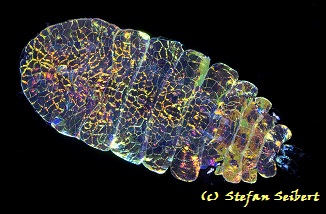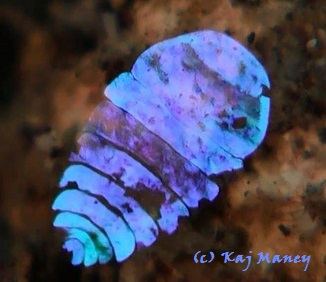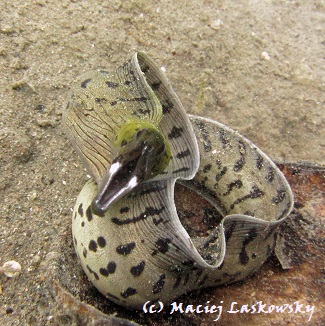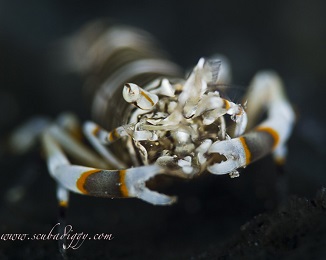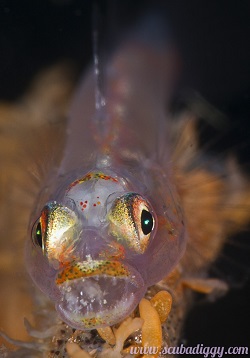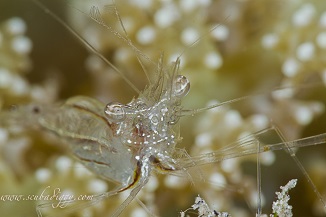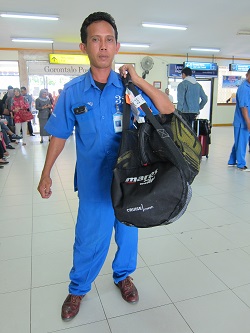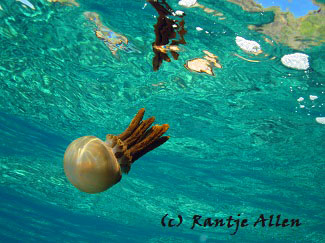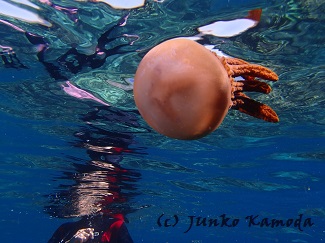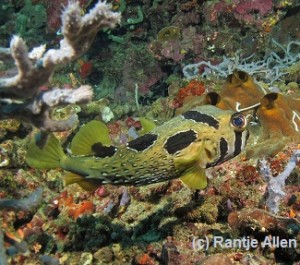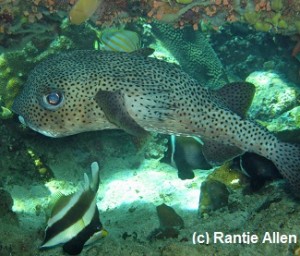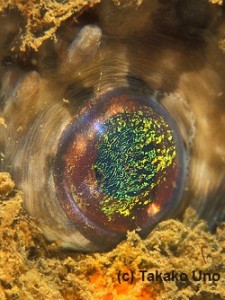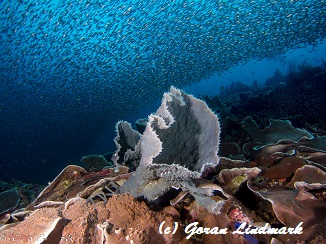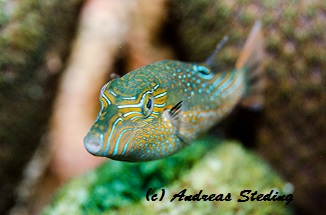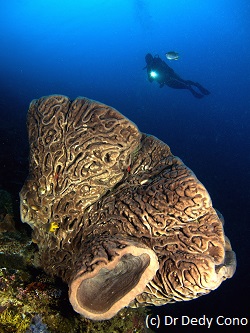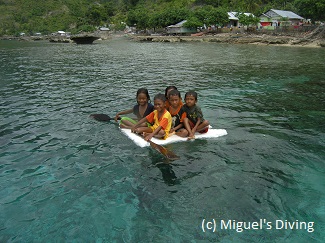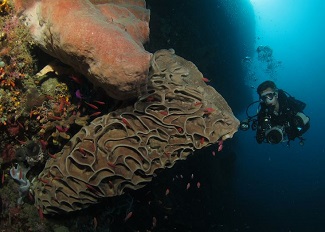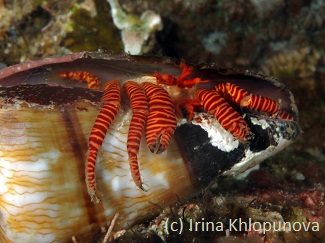Loading content - please wait...
Gymnodoris ceylonica nudibranchs in Gorontalo
Gymnodoris ceylonica were everywhere! Pearly white nudibranchs with orange spots were crawling along the ocean floor. What was going on?
Watching a Rare Event
The dive site was Tambo’o Fish House. It is a favorite muck diving site in Gorontalo. No nudibranchs were seen the previous day. Then suddenly one day in November, there were dozens and dozens of Gymnodoris ceylonica nudibranchs. Most were about five centimeters in length.
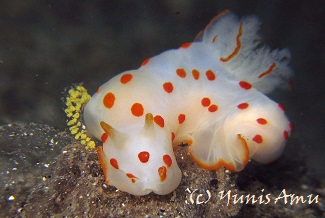
Upon closer inspection, those Gymnodoris ceylonica nudibranchs were mating. Then they were laying eggs on various kinds of algae. A few were laying eggs on the sand. Miguel’s Diving staff had never seen this happen. So, we came back on the two following days to film this rare event. By the third day, all the nudibranchs had disappeared. Only their eggs were left.
Watch this amazing video, shot by Mr Yunis Amu of Miguel’s Diving. Notice the translucent body of this nudibranch. Sometimes, the yellow eggs still inside the nudibranch are visible from the outside!
The Ceylonese Nudibranch
The common name for Gymnodoris ceylonica is Ceylonese nudibranch. It was first discovered in 1858 off the coast of Sri Lanka. That island was a British Crown colony at the time marine researchers were working there. The British called their colony Ceylon, hence the name of this nudibranch.
The Life of Gymnodoris ceylonica
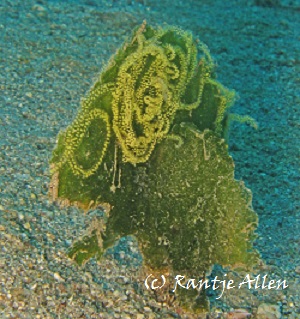
This lovely nudibranch prefers open grass beds. Plenty of algae live in that marine environment. Ceylonese nudibranchs are not vegetarian, however. They are carnivores. They eat other nudibranchs. Pictures of one eating a sea hare are available here.
Mr. Bill Rudman of Sea Slug Forum has several observations about the eggs of Gymnodoris ceylonica. Most noticeably, the eggs are not in the classic, smooth ribbon like other nudibranchs. These egg masses are almost messy in comparison. Missing are the pretty spirals that divers expect to see. Johnson & Boucher studied the eggs of this nudibranch in 1983. They discovered that the eggs are arranged in clusters of 20 to 40 eggs. Each yellow dot visible in the video and photo is actually a cluster of eggs.
Divers never know what to expect here because of the incredible variety of marine life. For your chance to watch Gorontalo marine life





